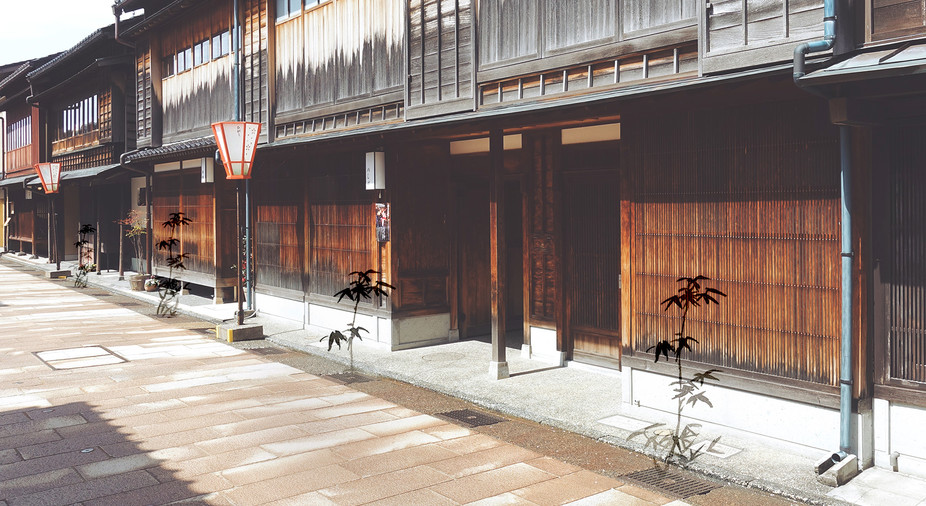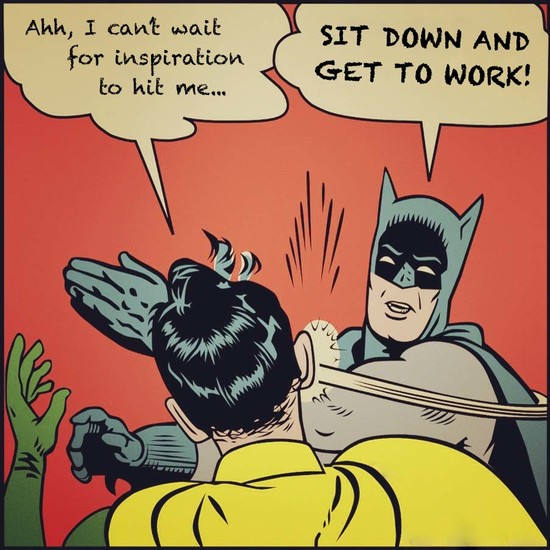
I’ve written an essay about the Life-Changing Magic of Side-Projects. In this essay, there is one section in particular that lists out the many rewards that side-projects have presented me with over the years and have done so for many who engage in the non-professional work of pursuing and creating things from your intrigues.
This particular essay has had a great impact amongst my readers and even close friends. I got lots of feedback about this piece and how it has been the catalyst for their new endeavours. And whilst I am grateful that many have been encouraged to use their time wisely and productively by starting their very own creative projects on the side, I now feel the responsibility (as someone who has wrestled with side-projects from the age of 14) to share what could possibly hold the best creators from creating their best work – on the side.
And this advice begins by saying: don’t make money from your side-projects. Take the Third Option instead.
Don’t Make Money.
There is a saying that far-too-often gets associated with side-projects that goes: ‘your next big thing is your current side thing’. This means that once your side-project has picked up steam, you should strategically move it from being simply a side-project to it becoming your main source of income: essentially turning your side-project into your main profession.
This is dangerous advice. See: this saying can only ever come from those who reflect back on their best work and most often than not, did not actually intend on their ‘side thing’ ever becoming their ‘main thing’. And by flaunting this phrase when speaking on side-projects to those who are yet, you are detracting what is really necessary for those who wish to start and get the most out of their side-projects.
The creators that we all admire: the ones who usually say ‘your next big thing is your current side thing’, never thought this themselves when starting out. No. These creators got the most out of their side-projects because of what they inherently did instead. And what these creators did instead, was that they took the Third Option.
Your Enemy.
When you’re working on a side-project for a reward, like the fantasy that your side-project will become your main career and source of income, you will encounter a powerful force known as fear. It would be great advice from me to instruct you to go to the source of this fear and figure it out. To overcome it by first staring it in the face, before punching it in the face. But this advice is no good for any creative project. In your side-project, and in any creative endeavour, you will always encounter fear. In fact, the greater the reward, the greater the fear that will come before it.
What I instead advise is for you to understand that this fear will always be present. It’s waiting for you on the blank page of your next article. It’s waiting for you in the instrument you need to pick up and start writing your next song on. It’s waiting for you in the pen from which you usually create your best illustrations from. Fear is ready for you to start, but does it’s best to stop you from doing just that – start.
The worst thing about this fear is that it likes to linger – even after you’ve started. It knows how important the reward is for you and decides that, based on this, it would stick around. Fear is the bully who has figured out how much you actually enjoy your lunch, persuading them to stay sat at your table to distract you from your every bite: before then taking half of it.
The Third Option.
What is this Third Option that I keep mentioning and why is it so powerful for creators?
Understanding the Third Option comes from you first grasping the first two options. As a creator, your motivation is most likely deeply rooted in a desire. But your desire most likely lies in one of two statements:
- You desire to create work that will get you paid or noticed by many – bringing you fame.
- You desire to create work that will last for a long time – possibly even longer than your own life.
These are the first two options. Motivated to create work to gain immediate rewards or motivated to create work to gain long-term rewards. Whilst many will argue over these two ways of being motivated – the very best creators look to neither of these. They instead live by the Third Option.
The Third Option means that you are motivated to create work, but nothing lies beyond that.
Allow me to illustrate this way of thinking:
In the documentary series that focuses on the very best creators of their specific field: Abstract, The Art of Design, one particular episode focuses on prolific and incredible illustrator Christoph Niemann. I’ve written before about how Neimann has the ability to work with what he has, and how he creates masterful work seemingly from nothing at all. But there is a quote that Neimann mentions in this documentary which I think perfectly captures the essence of the true nature of being a creator. Of taking the Third Option.
The quote that Christoph Niemann highlights is that of painter and photographer: Chuck Close. Niemann recalls the quote:
Inspiration is for amateurs – the rest of us just show up and get to work.
Author and entrepreneur, Seth Godin, has written over 7000 blog posts. 7000. How does someone who is that busy write that many posts?
Godin writes and posts his posts, every day.
No one is going to read all of Godin’s posts (despite it being one of the most popular blogs on the internet). But Godin knows, as does every great creator, that it’s really only your best work that people will discover and will know you for. Seth Godin, in an interview, admits that not all his work is great. In fact, he admits that some of it is bad. But he then asks the question for aspiring artists: ‘where is your bad work?’
As a creator, you don’t know when inspiration is going to strike. You only know your time and how you could be using it. Are you going to spend the majority of this time waiting for inspiration to hit, or are you going to get to work anyway? The best creators don’t sit around for some magical force to enter them. They sit at their desk, doing the work necessary.

Waiting around for inspiration to strike has parallels to working for a reward or trying to combat fear. You look to things outside your immediate control, the things that are uncertain, to encourage the only thing you can control and that is certain – your ability to sit down and work.
At the start of any side-project, a great creator knows that…
- Fear will be there waiting for them.
- There is no certainty of an immediate or even long-term reward.
- Inspiration is like a bad date: unpredictable, later than expected and unreliable.
Knowing all this, a great creator works anyway.
Don’t work for short-term rewards. Don’t work for long-term rewards. Just show up every day and get to work. This, is the Third Option. Love the process and the process alone – everything else is simply a cherry on the top. This is how you become unstoppable and how you get the most out of side-projects.
Love the process and the process alone – everything else is simply a cherry on the top.
Side note about side-projects.
Also: know that you already possess the ability to create your best work. You just have to be patient enough to work until the day you do. But on the day you do, know that you have not actually created your best work, you’ve only created your best so far.
—
For this essay’s picture, I collaborated with incredible illustrator Will Howells. Check out his work on Instagram and see a great example of someone who loves the process.

